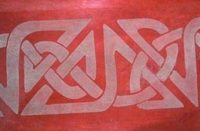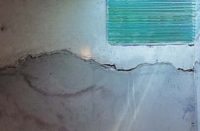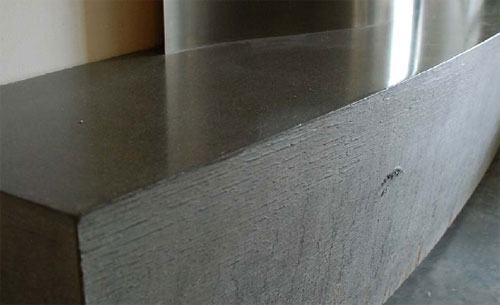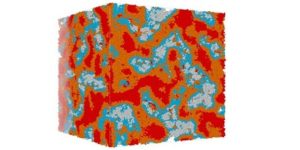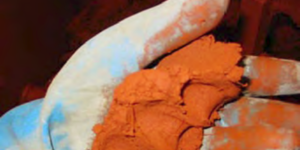Rough surfaces look dull. Dry surfaces are pale and washed out. Sealed surfaces can be rich, and polished surfaces are deep and shiny. We all know this, but what is going on?
Light reflects off surfaces, and what an object looks like depends upon the material’s surface characteristics. Some of the light is reflected, some is scattered and the rest is absorbed, so we see different things depending upon how much light is reflected from the surface and how much is scattered. The color depends upon what is absorbed.
 |
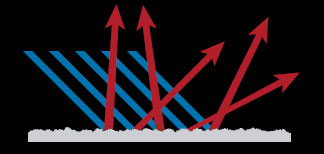 |
 |
A highly polished mirror reflects most of the light in one direction. Almost all of the light rays are reflected in a parallel orientation and nearly none are scattered. Because the light is reflected without scattering, the image is clear and in focus. This is called “specular reflection,” and the term often is used to describe the highlight visible on a brightly lit object and the glare seen from light shining on a very shiny surface.
Rough, translucent or transparent objects scatter most of the incoming light in a “diffuse reflection,” with little or no glare from specular reflection.
When concrete is wet, sealed or highly polished, there is more specular reflection than diffuse reflection. At certain viewing angles all we see is glare or the image of the light that’s illuminating the surface. At other angles, not in line with the path of the reflected light rays, we don’t see any glare – all that’s visible is the color of the surface.
When concrete is dry or is not polished, almost all of the light is scattered in diffuse reflection and the surface seems pale, washed out or dull. That’s because there’s no focused reflection of the light source. The incoming light is scattered and overwhelms the reflected color. The net effect is that the surface appears light, dull and washed out no matter what angle the concrete is viewed from.

Sealers can fill in microscopic surface roughness, reducing the amount of diffuse reflection and increasing the specular reflection. This is why concrete that’s sealed or is wet appears darker and richer in color. It also explains why shiny surfaces have glare.
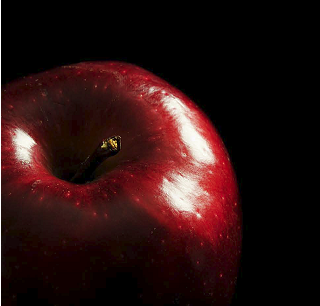
With shiny surfaces, more of the white light from an illumination source reflects off the object. What diffuse reflection occurs shows us the color of the object. All the light is affected by the color of the object, but the intensity of the specular reflection on smooth, wet or shiny surfaces overwhelms the diffuse portion.
A surface sealed with a matte finish has some specular reflection that shows the color and some diffuse reflection.
Generally the glossier the surface, the deeper and richer the color appears. Conversely, with a flatter and less shiny surface, the color tends to look more washed out and dull. Comparing a matte and glossy surface of exactly the same color, the matte surface has enough scattered white light to dilute the reflected color, making the overall appearance more washed out and lifeless.
